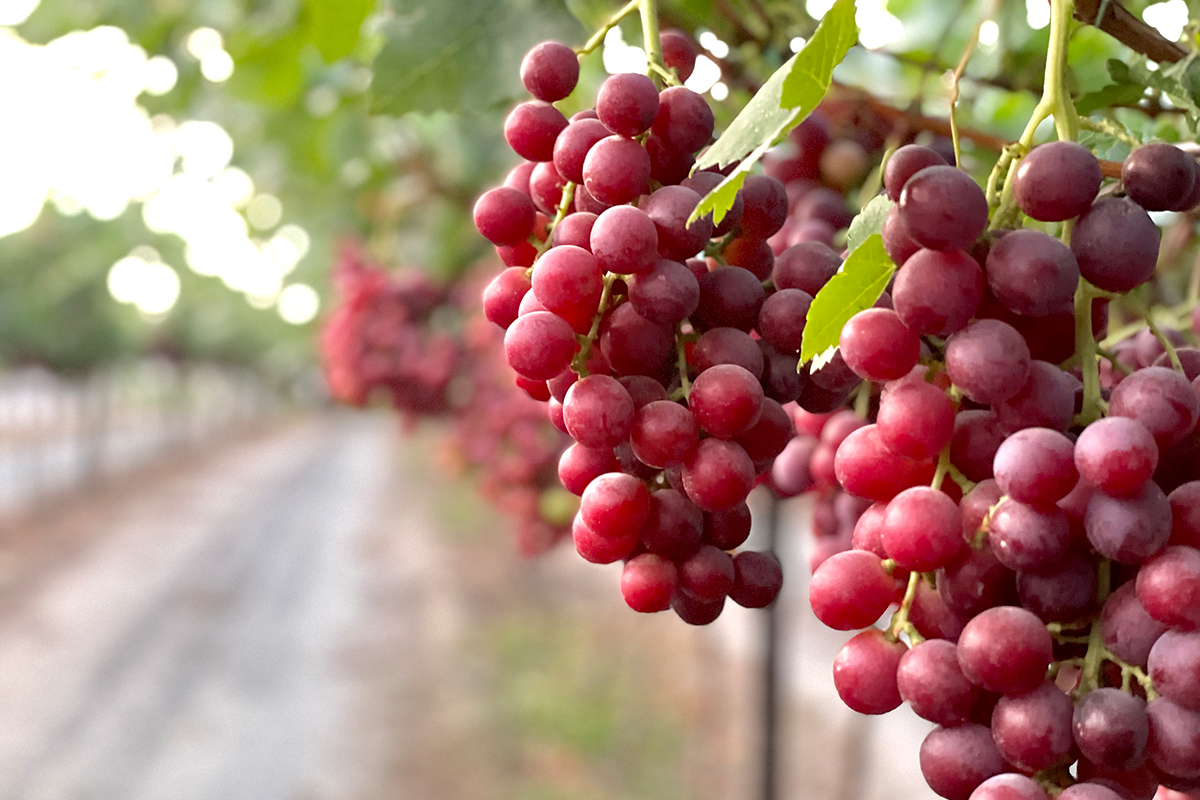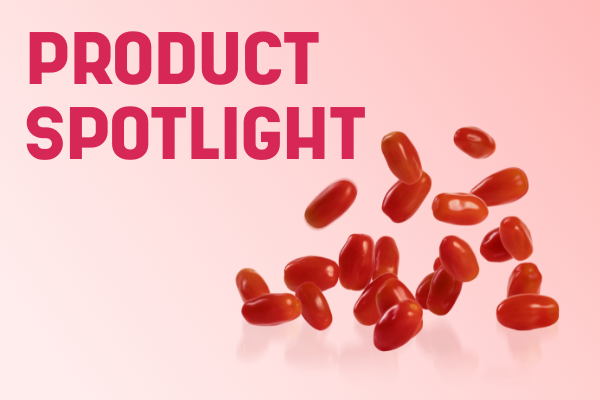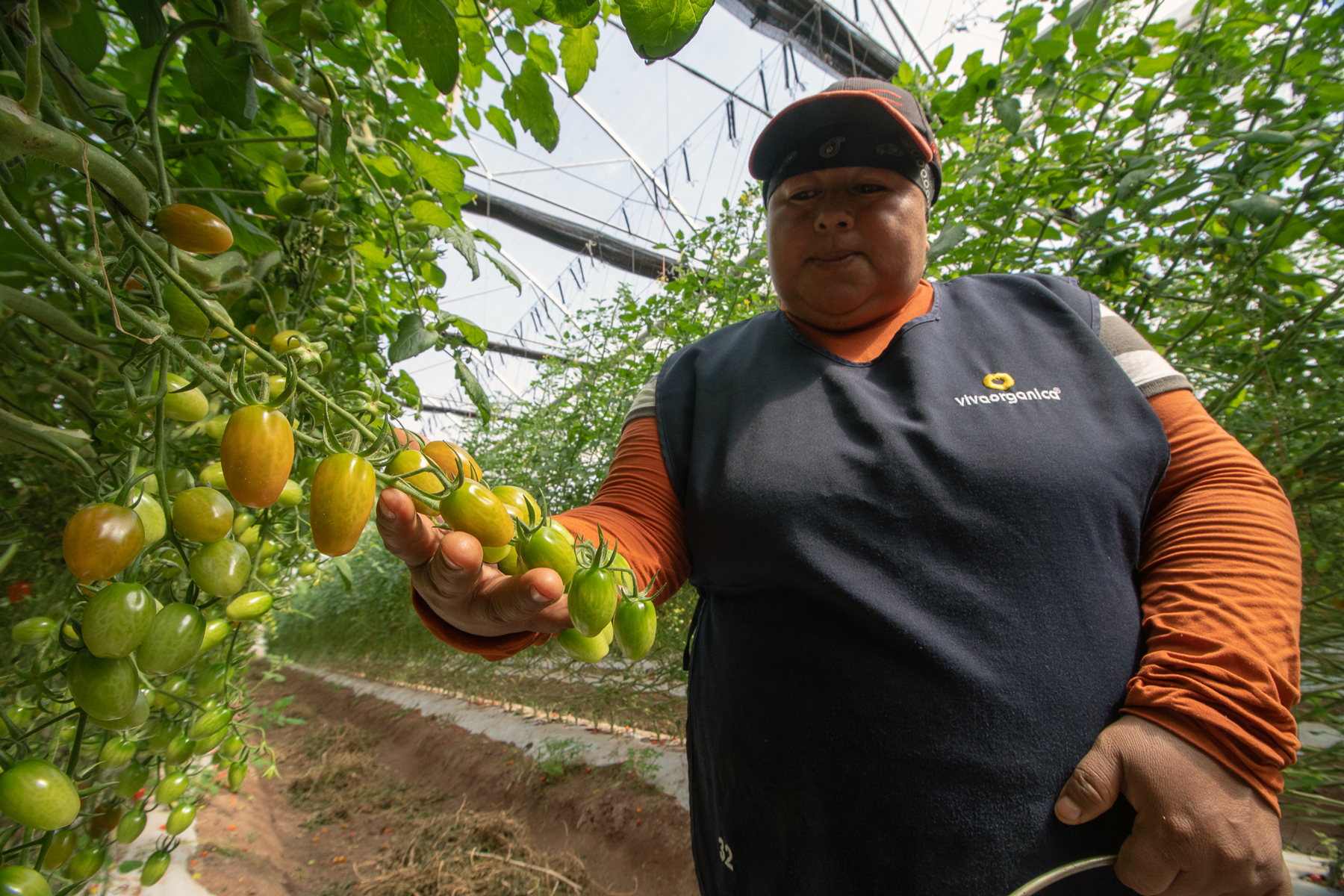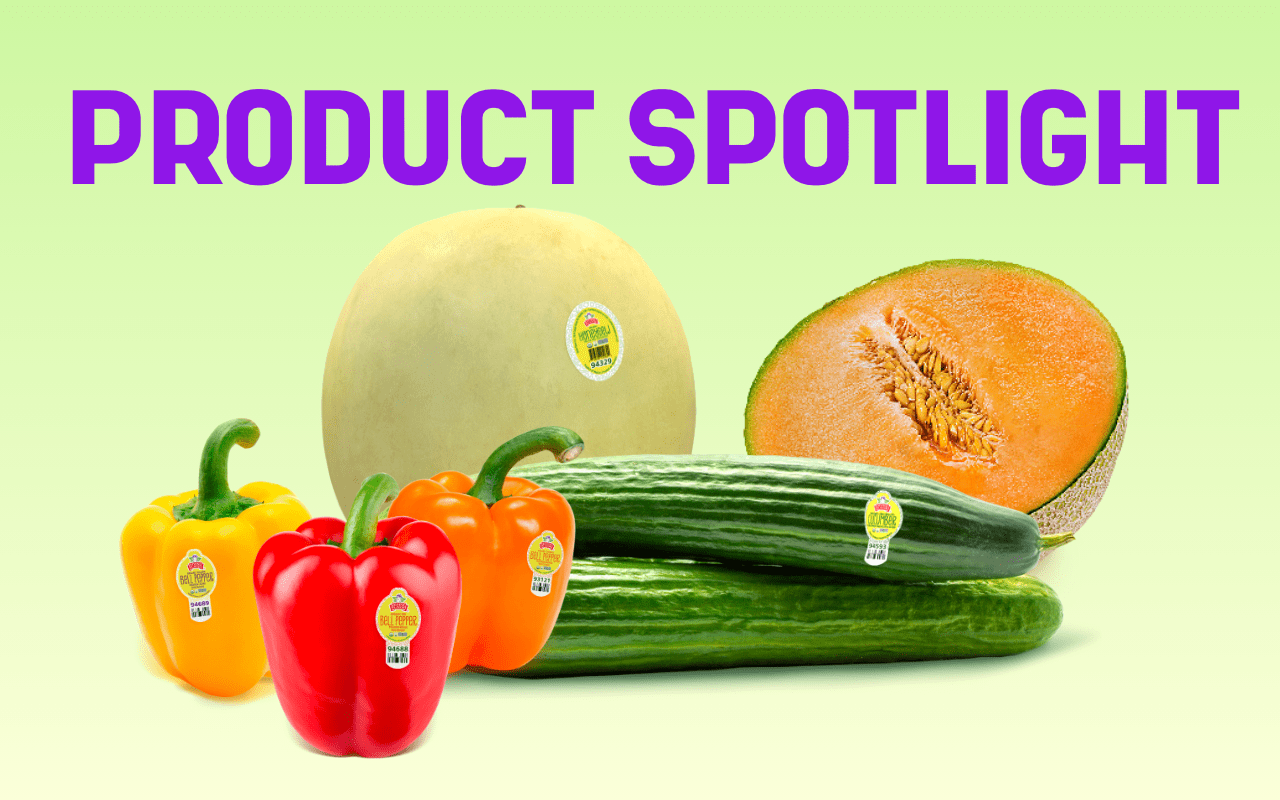

The first major compliance dates for large scale farmers began on January 26, 2018. The Produce Safety rule, established for the first time, a minimum standard for growing safe agricultural commodities in the harvesting, packing, and holding of fruits and vegetables.
Compliance Dates:
- January 26, 2018: Covered farms for which, on a rolling basis, the average annual monetary value of produce the farm sold during the previous 3-year period is more than $500,000.
- January 28, 2019: Covered farms for which, on a rolling basis, the average annual monetary value of produce the farm sold during the previous 3-year period is more than $250,000 but not more than $500,000 (small businesses).
- January 27, 2020: Covered farms for which, on a rolling basis, the average annual monetary value of produce the farm sold during the previous 3-year period is more than $25,000 but no more than $250,000 (very small businesses).
Key Requirements:
- Agricultural Water
Water Quality– The rule establishes two sets of criteria for microbiological water quality, both of which are based on the presence of generic E.coli.
- No detectable generic E. coli are allowed to be present in the water used for agricultural purposes. Examples include water used for washing hands during and after harvest, water used on food-contact surfaces, water used to directly contact produce (including to make ice) during or after harvest, and water used for sprout irrigation. The rule establishes that such water use must be immediately discontinued and corrective actions taken before re-use for any of these purposes if generic E. coli is detected. The rule prohibits use of untreated surface water for any of these purposes.
- The second set of numerical criteria is for agricultural water that is directly applied to growing produce (other than sprouts). The criteria are based on two values, the geometric mean (GM) and the statistical threshold (STV). The GM of samples is 126 or less CFU of generic E. coli per 100 mL of water and the STV of samples is 410 CFU or less of generic E. coli in 100 mL of water.
- If the water does not meet these criteria, corrective actions are required as soon as is practicable, but no later than the following year. Farmers with agricultural water that does not initially meet the microbial criteria have additional flexibility by which they can meet the criteria and then be able to use the water on their crops. These options include, for example:
- Allowing time for potentially dangerous microbes to die off on the field by using a certain time interval between last irrigation and harvest, but no more than four consecutive days.
- Allowing time for potentially dangerous microbes to die off between harvest and end of storage, or to be removed during commercial activities such as washing, within appropriate limits.
- Treating the water.
Testing: The rule adopts a general approach to testing, which establishes a frequency of the type of water source (i.e. surface or ground)
- In testing untreated surface water—considered the most vulnerable to external influences—that is directly applied to growing produce (other than sprouts), the FDA requires farms to do an initial survey, using a minimum of 20 samples, collected as close as is practicable to harvest over the course of two to four years. The initial survey findings are used to calculate the GM and STV (these two figures are referred to as the “microbial water quality profile”) and determine if the water meets the required microbial quality criteria.
- For untreated ground water that is directly applied to growing produce (other than sprouts), the FDA requires farms to do an initial survey, using a minimum of four samples, collected as close as is practicable to harvest, during the growing season or over a period of one year. The initial survey findings are used to calculate the GM and STV and determine if the water meets the required microbial quality criteria.
- For untreated ground water that is used for the purposes for which no detectable generic E. coli is allowed, the FDA requires farms to initially test the untreated ground water at least four times during the growing season or over a period of one year. Farms must determine whether the water can be used for that purpose based on these results.
- Worker Training and Health and Hygiene
- Requirements for Health and Hygiene include:
- Taking measures to prevent contamination of produce and food-contact surfaces by ill or infected persons, for example, instructing personnel to notify their supervisors if they may have a health condition that may result in contamination of covered produce or food contact surfaces.
- Using hygienic practices when handling (contacting) covered produce or food-contact surfaces, for example, washing and drying hands thoroughly at certain times such as after using the toilet.
- Taking measures to prevent visitors from contaminating covered produce and/or food-contact surfaces, for example, by making toilet and hand-washing facilities accessible to visitors.
- Farm workers who handle covered produce and/or food-contact surfaces, and their supervisors, must be trained on certain topics, including the importance of health and hygiene.
- Farm workers who handle covered produce and/or food contact surfaces, and their supervisors, are also required to have a combination of training, education and experience necessary to perform their assigned responsibilities. This could include training (such as training provided on the job), in combination with education, or experience (e.g., work experience related to current assigned duties).
- Current Good Manufacturing Pracitices (CGMPs)
- Under the CGMPs, management is required to ensure all employees who process, pack, or hold food are qualified to perform their assigned duties. Employees must have the necessary combination of training, education, and experience to perform their work activities. Employees must receive training in the principles of food hygiene and food safety, including employee health and food safety.
Food Safety Plans
- Hazard Analysis- The first step is hazard identification, which most consider known and reasonable biological, chemical and physical hazards.
- Preventive Controls- Facilities have the flexibility to tailor preventive controls to address hazards that occur in the products they manufacture. The preventive controls, which must be written, must be implemented to ensure that any hazards requiring a preventive control will be significantly minimized or prevented and help ensure that the food is not adulterated. The rule includes the following preventive controls:
- Process controls include procedures that ensure the control parameters are met. Process controls can include operations such as cooking, refrigerating, and acidifying foods. They must include parameters and values (e.g., critical limits), as appropriate to the nature of the applicable control and its role in the facility’s food safety system.
- Food allergen controls are written procedures the facility must have and implement to control allergen cross-contact and ensure allergens are appropriately listed on the labels of packaged food products.
- Sanitation controls are procedures, practices, and processes to ensure that the facility is maintained in a sanitary condition to minimize or prevent hazards such as environmental pathogens, hazards from employees handling food, and food allergen hazards.
- Other Controls are controls that are not described above but are necessary to ensure that a hazard requiring a preventive control will be significantly minimized or prevented.
- Oversite and Management of Preventive Controls
- Once a facility has identified a preventive control for a hazard, the facility must make sure that the controls are being met.
- Monitoring: These procedures are designed to provide assurance that preventive controls are consistently performed. Monitoring is conducted as appropriate to the preventive control. For example, monitoring of a heat process to kill pathogens would include recording temperature values. Monitoring must be documented.
- Corrections: These are steps taken, in a timely manner, to identify and correct a minor, isolated problem that occurs during food production.
- Corrective actions: These include actions to identify and correct a problem implementing a preventive control, reduce the likelihood the problem will recur, evaluate affected food for safety, and prevent that food from entering commerce if you cannot ensure that the affected food is not adulterated. Corrective actions must be documented with records.
- Verification: These activities are required to ensure that preventive controls are consistently implemented and effective in minimizing hazards. Examples of verification activities include scientifically validating process preventive controls to ensure that the control measure is capable of effectively controlling an identified hazard and calibrating (or checking the accuracy of) process monitoring and verification instruments such as thermometers. Verification activities also include reviewing records to ensure that monitoring and corrective actions (if necessary) are being conducted. Verification activities must be documented.
Product testing and environmental monitoring are also possible verification activities, required as appropriate to the food, facility, nature of the preventive control, and the role of that control in the facility’s food safety system. Environmental monitoring is required if the contamination of a ready-to-eat food with an environmental pathogen is a hazard the facility identified as requiring a preventive control.
- Supply chain program: Manufacturers must have and implement a risk-based supply chain program if the hazard analysis identifies a hazard that (1) requires a preventive control and (2) the control will be applied in the facility’s supply chain.
- Facilities do not need to have a supply-chain program if they control the hazard in their own facility, or if a subsequent entity (such as another processor) will control the hazard, and the facility follows applicable requirements.
- Manufacturers are responsible for ensuring that raw materials and other ingredients requiring a supply-chain-applied control are received only from approved suppliers, or on a temporary basis from unapproved suppliers whose materials are subject to verification activities before being accepted for use. (Suppliers are approved by the facility after the facility considers several factors, such as a hazard analysis of the food, the entity that will be controlling that hazard, and supplier performance.)
- Another entity in the supply chain, such as a broker or distributor, can conduct supplier verification activities, but the receiving facility must review and assess that entity’s documentation that they verified the supplier’s control of the hazard.
- Recall plan: If the hazard analysis identifies a hazard requiring a preventive control, the facility must have a written recall plan that describes the procedures to perform a recall of the product. The recall plan must include procedures to notify consignees, to notify the public when necessary, to conduct effectiveness checks and to appropriately dispose of recalled product.
References:
https://www.fda.gov/food/food-safety-modernization-act-fsma/fsma-final-rule-preventive-controls-human-food
https://www.fda.gov/food/food-safety-modernization-act-fsma/fsma-final-rule-produce-safety
For more information, please contact:
Michael DuPuis
Public Relations Coordinator
+1 (520)-281-8328
mdupuis@divineflavor.com









